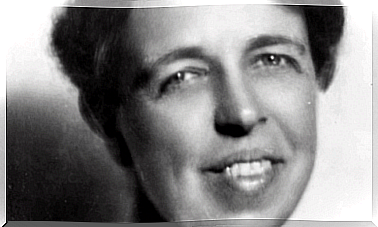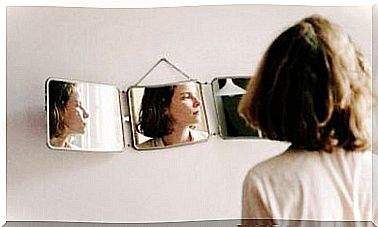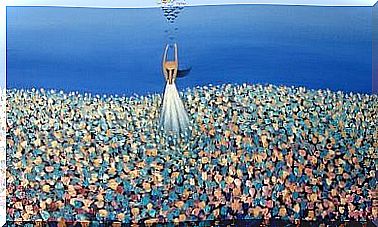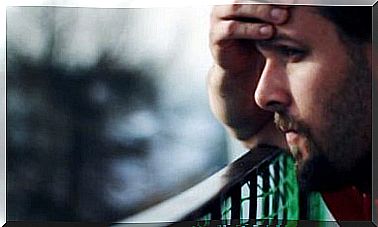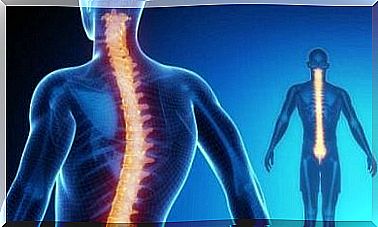Conceptual Theory Of Change
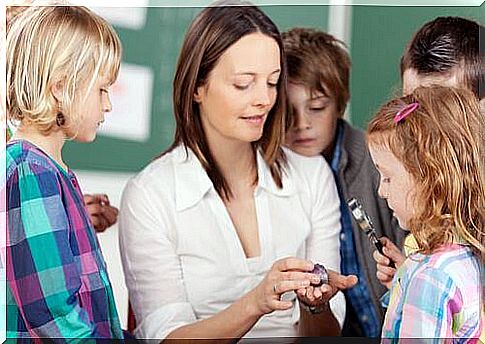
Some science-related school subjects require a lot of cognitive effort. This is mainly due to the fact that the students have to understand the content through and through, something that current teaching methods do not help students achieve. In this regard , conceptual change theory serves to help teachers teach science better.
Students have intuitive theories about the world. Children do not arrive at school with an empty mind. Before they receive information from the outside that describes the world around them, they have already formed their own explanations for some things in their heads.
Often, not always, their intuitive theories are incorrect and condition the newly learned material. It is important that teachers take this into account when it comes to teaching children.
The different stages of conceptual change theory
In this article, we’ll show you how to develop an in-depth understanding of science. For this, however, we must first understand the three stages of conceptual change theory:
- Acknowledging an abnormality.
- Creating a new model.
- Using the new model.

Recognizing an abnormality
This is the first step to help students gain an in-depth understanding of a particular concept. The teacher must break through the student’s intuitive theories. The students have to give up their old ideas and find out that they were wrong.
If the students do not let go of their intuitive theories, it will affect their learning and they will reject the new information. In many cases this is because the student has only a superficial understanding of science, so he does not feel obliged to let go of his intuitive theory.
Direct experimentation is a way to help students realize with their own senses that their intuitive theory is wrong. That way they can recognize the abnormality.
Teachers can also help students realize they are wrong by attacking wrong ideas in healthy and respectful dialogue. This method is very useful and can help students to look at facts in a critical way.
Creating a new model
Once the students’ intuitive theory has been shattered, the next step is to give them a new explanation. An essential aspect of this step is that they have to build the new model themselves.
If a teacher simply presents the new concept to the class, it is difficult for the students to really understand it. In this way, they will most likely develop a superficial way of learning based on remembering information.
Constructivist paradigms suggest that the learner is the one who must build his knowledge. Thus, the teacher’s role is to guide students as they consider different options. This is a complex process, but it produces amazing results.
It’s more complicated in a classroom because it means the teacher has to apply it to multiple students at the same time. A great way to do this is through debates.
The students make their own models to refute and argue their points of view. In this case, the teacher’s role is to prepare the material and resources necessary for the debate.
This is the most difficult stage of conceptual change theory, as it is the stage where students really begin to understand a topic.

Using the new model
It wouldn’t make sense to overturn misconceptions if you don’t build a new model afterwards to use for future problems. The final step of the process is therefore to have students use their theory.
For this it would be useful to have students do exercises with which they can put their new model into practice. At the same time, it is also important to align this new model with previous knowledge.
Conceptual change theory is a valid learning method that produces incredible results. If we want to make sure that students really understand the material and know how to apply it in a critical and constructive way, we should definitely make use of this great tool.


